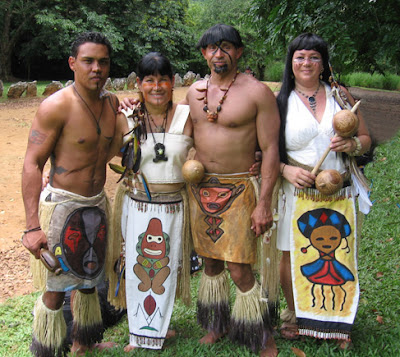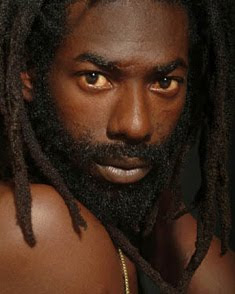Chichen Itza and the Serpent Shadow
The energy was electric around the ancient site of Chichen Itza. To mark the sacred ceremony,I was covered in white clothing like many of the almost 30,000 visitors who journeyed to Mexico to witness the first leg of the 2012 Mayan equinox. I had glimpsed photos and seen videos but I still didn't quite know what to expect. Would the Mayan magic shift the ground? Would the sky darken? I intended to find out.
Since 2012 marks the beginning of a new cycle in the Mayan calendar, the anticipation at the spring equinox was especially intense. I learned about the complexity of the Mayan calendar system and contrary to pop culture claims, there has never been a prediction forecasting the end of the world in 2012. It's simply the end of the old aggressive, violent cycle and the beginning of a new, gentler one. This cycle is supposed to be filled with feminine energy, I saw priestesses leading chanting rituals at the site. December 21, 2012 is the official transition to a new spiritual awakening but many Mayans seemed to be preparing early.
As crowds from all over the world poured in, I felt the significance of participating in such a reverent ceremony. For thousands of years, the Maya observed the spring and autumn equinox at the Temple of Kukulcan and now I was joining this ritual that showcases the astrological expertise of this ancient culture.
The six square miles of Chichen Itza are dominated by the Temple of Kukulcan, often called El Castillo (The Castle). Designated as one of the new Seven Wonders of the World, the temple boasts detailed, massive architecture including 91 steps on four sides, which add up to 364, the number of days in a calendar year. Master mathematicians and builders, the Maya constructed the site to honor the celestial changes that they held sacred as well as honored animals. Clapping at the base of the pyramid produces a chirping echo that resembles the sound of the sacred Quetzl bird and clapping near the steps creates an echo that sounds like the hiss of a rattlesnake, also a sacred animal. It sounds weird and loopy but I swear, bird chirps and snake hisses were flying out of that pyramid.
Of course, the serpent shadow dance at the equinox represents the most amazing Maya design of them all. As the sun lowers, a looming shadow that looks like a 120-foot long snake creeps down the pyramid until it joins the massive serpent head at the bottom of the stairway.
Abel, our charismatic guide above, supplied our group with fascinating historical tidbits about Chichen Itza. I learned a lot about Maya history from him but the most memorable was, "shade is better, shade is good," because the intense Mexican sun blazes down on the ruins with very little relief. We stayed in the shade until 4:00, when we could spot the shadow forming.
Look at the shadow crawling down the steps. above. It was an otherworldly experience watching as the symbol of Kukulcan, the serpent god came to life, appearing to slowly slither down the steps of the temple. Drummers played and priestesses chanted as the shadow completed its decent. I sensed a shift in the energy around the pyramid but no actual earth movement. I don't know if it's because I expected it or if it's all Maya magic but I do look forward to a new cycle of peaceful awareness and tranquility.










Comments
Greetings from London.
Rachel, the more peaceful era is coming!